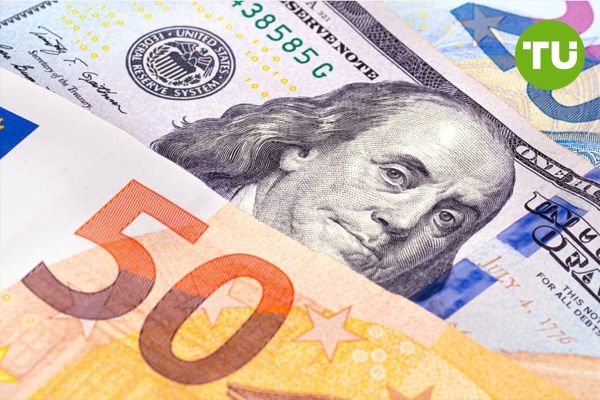Fragile eurozone growth and persistent inflation dims EUR/USD outlook
 Euro plummets to 2024 low against dollar amid ECB rate cuts and bleak economic outlook
Euro plummets to 2024 low against dollar amid ECB rate cuts and bleak economic outlook
The EUR/USD has had a challenging November, recording its sharpest monthly decline of 2024 so far. Bears dragged the pair toward the 1.0500 level, a critical psychological threshold. However, bullish momentum now appears to be building as this level offers temporary support.
Yet, the broader picture suggests trouble for the euro. Vice President Luis de Guindos recently acknowledged progress on inflation but highlighted weak consumption as a persistent drag on the eurozone economy. He raised concerns about fragile growth, calling consumption patterns “a key factor” in understanding the slowdown.
This fragility is reflected in the ECB’s series of three rate cuts since June, which aim to combat cooling growth and tame inflation. While consumer prices have eased, services inflation, driven by strong wage growth, remains a sticking point. Wages have also surged in response to inflation, and policymakers are banking on this to eventually bolster consumer spending. However, doubts over productivity and wage trends persist, clouding the eurozone's economic outlook.
Diverging policies between ECB and the Fed
On the U.S. side, the Federal Reserve’s stance adds further pressure to the euro. Powell recently noted no urgency for additional cuts. In addition to this, the 10-year yield rose sharply by 82 basis points between September and November. A sign of continued confidence in the U.S. economy and higher borrowing costs, which strengthens the dollar.
Meanwhile, the euro is struggling to find footing, as rate cuts in the eurozone amplify the policy divergence. This widening monetary policy divergence between the ECB and the Fed is weighing heavily on EUR/USD. If bearish momentum holds, the pair risks extending to a two-year low below 1.0500. For now, euro bulls are hanging on by a thread, but without stronger fundamentals, the outlook remains bleak.
The Euro dropped for five consecutive days to its lowest level in 2024. However, EUR/USD recovered as Germany WPI and France CPI beat forecasts.













































































































































